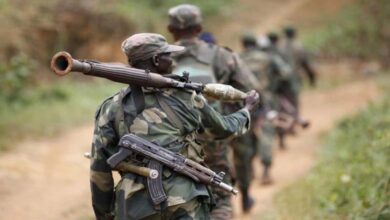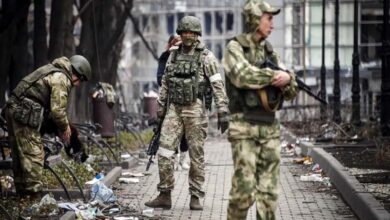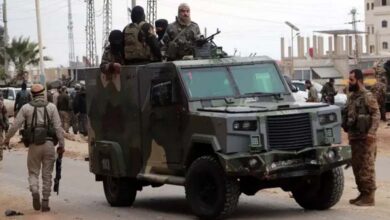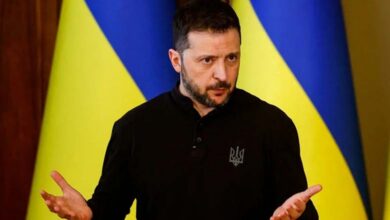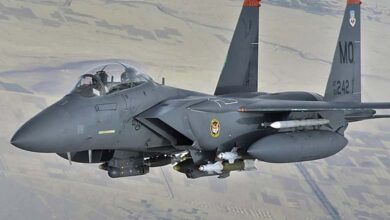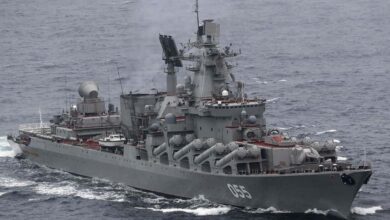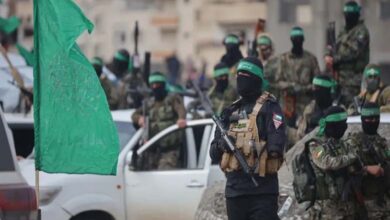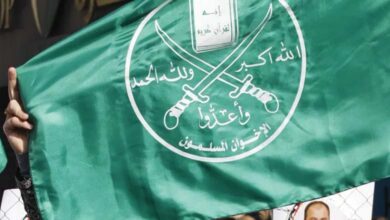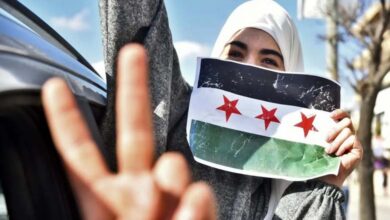Israeli Druze Cross Borders to Aid Their Brethren in Sweida
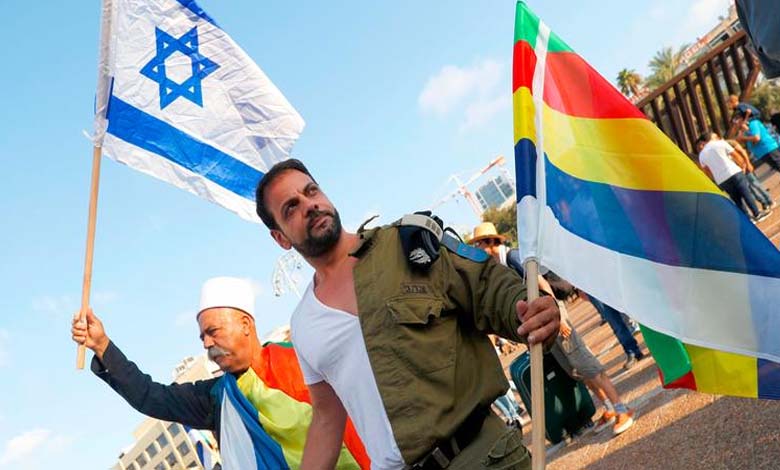
In the quiet Galilean village of Julis, Israeli Druze volunteers are mobilizing aid for their Syrian Druze counterparts, who have suffered from intense sectarian violence since late July.
Inside the village’s social center, located next to the shrine of Sheikh Amin Tarif—a spiritual leader revered by Druze—a Druze flag hangs alongside a banner in Hebrew reading: “Druze Community Crisis Cell.”
-
Turkey Exploits the Sweida Crisis to Expand Its Influence via the al-Sharaa Administration
-
The Sweida Crisis: U.S. Calls for Dialogue as Israeli Druze Prepare for Battle
The center is bustling. Volunteers are spread across an operations room collecting updates from Syria, a logistics hub organizing aid packages, and a media team running online campaigns to raise awareness about the crisis in Sweida.
“We’ve established an operations room here to monitor what’s happening in Sweida and the broader region, so we can help our brothers and sisters there,” said Sheikh Mowafaq Tarif, the current spiritual leader of Israeli Druze.
-
Clashes near Sweida shatter ceasefire: Washington urges Syrians to build a new unified identity
-
Al-Sharaa hands security in Sweida to Druze authorities to eliminate Israeli pretexts
Sweida, a Druze-majority province in southern Syria, has seen clashes since July 13 between armed Bedouins and Druze fighters, later joined by government forces and tribal militias. According to the Syrian Observatory for Human Rights, more than 1,400 people were killed—mostly Druze—before a ceasefire took effect on July 20.
Residents accuse Syrian authorities of imposing a “siege” on Sweida by restricting access and deploying forces in several areas. Damascus denies the allegations. A main road to Damascus remains blocked by pro-regime militias, halting traffic and commerce, according to the Observatory.
-
Israeli Airstrikes Near Presidential Palace to Warn al-Sharaa Over Targeting Druze
-
Will Iraq’s Plan to Rehabilitate Returnees from Syrian Displacement Camps and Prevent Extremism Succeed?
Sheikh Tarif expressed concern over the deteriorating situation. Despite the ceasefire, aid has been slow to reach the province. The International Committee of the Red Cross reported “extremely difficult” conditions, empty store shelves, and frequent power outages. The UN estimates that around 175,000 people have been displaced.
In Julis, Suleiman Amer said, “As soon as we heard the crisis center was set up, we came right away.” The 35-year-old engineer returned after volunteering for six hours the previous day. Pointing to a map of Sweida, he explained that his team was helping gather data: “How many villages were attacked? How many casualties? How many abducted?”
-
Have the Muslim Brotherhood Lost Their Last Card in the Syrian Arena?
-
Syrian Coast Events: Commitment to “Accountability” and Arrest of Suspects
Israel, home to over 150,000 Druze—including about 23,000 in the occupied Golan Heights—launched early airstrikes targeting the presidential palace, army headquarters in Damascus, and military sites in Sweida, citing the need to protect the minority.
Druze in Israel have staged protests urging the government to defend their kin in Syria. Hundreds even crossed into Syria from the Golan, despite the two countries remaining technically at war since Israel occupied part of the Golan in 1967. Their last major conflict was in 1973.
-
The Fate of Syrian Officers in Iraq Depends on Agreements with Syria
-
Syrian Kurds Plan to Empty Jihadist Camps by the End of the Year
Volunteer Akram, who provided only his first name for privacy reasons, said, “As a Druze in Israel, you have the power to act—this is a democracy.” He criticized the lack of international attention and feared that Syria’s new leadership had not fully severed ties with its extremist past.
Posters inside the center depict Syria’s new president, Ahmad al-Sharaa—who took power after Bashar al-Assad’s ouster in December—as a “terrorist in a suit,” echoing official Israeli rhetoric.
-
Al-Sharaa Pledges to Form an Inclusive Government in His First Speech to Syrians
-
Security Chaos Returns to Syrian Regions… Hayat Tahrir al-Cham Members Top the List of Accused
In a nearby warehouse, dozens of people—including Jewish Israelis and religious Druze men and women—were packing food and diaper aid parcels. “Today we are sending aid by air,” said Sheikh Tarif. “Some is purchased and delivered via the Red Crescent.”
It remains unclear how Israeli aid is reaching Sweida. Israel’s Health Ministry posted images on social media showing aid boxes reportedly parachuted into the area.
-
The Muslim Brotherhood Attempts to Claim Credit for the Syrian Revolution’s Victories
-
French and German Conditions for Supporting the New Syrian Leadership
Akram, recently discharged from the Israeli army, described the Julis operations room as “semi-civilian,” with several volunteers applying their military experience to information gathering and logistics.
Some analysts suggest Israel is using the Druze cause to keep Syrian government forces away from its borders. But in Julis, locals insist their actions stem from a shared sense of duty.
“Even if it’s another country, this is our community,” said a young student. Sheikh Anwar Hammoudi, 62, added, “Because of our shared humanity, we must stand by them and help however we can.”



